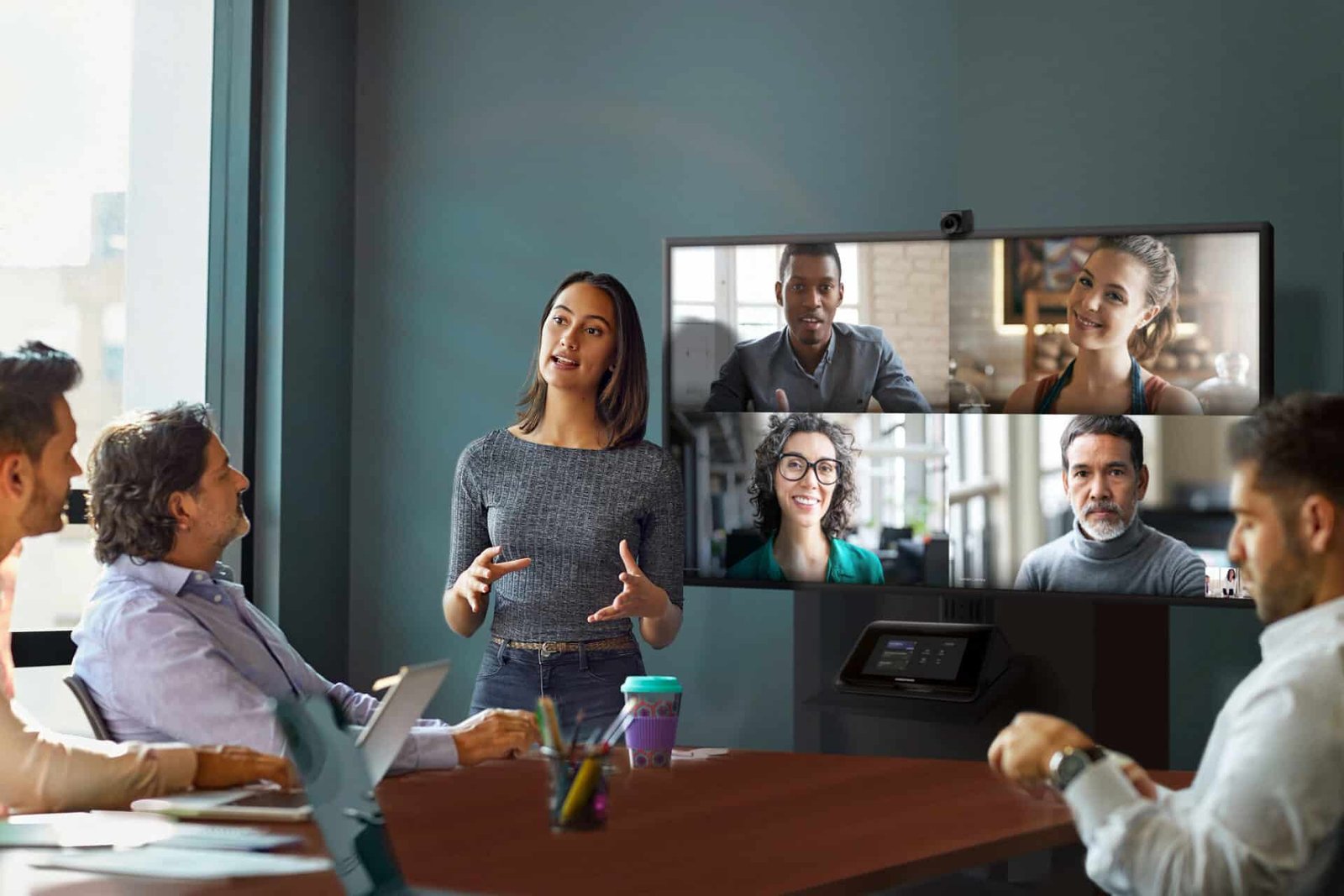Overcoming Common Challenges in Audio Conferencing
- By -Mash
- Posted on
- Posted in Audio Conference
Audio conferencing is an effective communication tool, but it can come with its own set of challenges. Addressing these common issues ensures that meetings are productive and smooth. This article explores typical audio conferencing challenges and provides practical solutions to overcome them.

Poor Audio Quality
Identify and Address Technical Issues: Poor audio quality can stem from various technical problems, such as faulty microphones or connectivity issues. Ensure that all participants use high-quality audio equipment and check connections before the meeting starts.
Use Noise-Cancelling Features: Many audio conferencing tools offer noise-cancelling features. Encourage participants to use these features to minimize background noise and improve overall sound clarity.
Conduct Regular Testing: Regularly test your audio equipment and conferencing tools to ensure they are functioning correctly. This proactive approach helps identify and resolve potential issues before they impact a meeting.
Connectivity Problems
Ensure Stable Internet Connections: Connectivity issues can disrupt meetings. Advise participants to use a stable and high-speed internet connection. For critical meetings, consider using wired connections instead of Wi-Fi to enhance stability.
Provide Troubleshooting Guidelines: Share troubleshooting guidelines with participants in advance. Common issues, such as connectivity problems or audio dropouts, can often be resolved by following simple steps.
Have Backup Plans: Prepare backup communication options, such as phone numbers or alternative conferencing platforms, in case of major connectivity problems. Having a contingency plan ensures that meetings can continue smoothly.
Distractions and Background Noise
Encourage Use of Mute Function: To minimize background noise, instruct participants to mute their microphones when they are not speaking. This practice reduces interruptions and helps maintain focus on the speaker.
Join from Quiet Locations: Encourage participants to join the meeting from quiet environments. If background noise is unavoidable, suggest using headphones or headsets with built-in microphones to reduce external sounds.
Address Distractions Professionally: If distractions occur during the meeting, address them calmly and professionally. Redirect the focus back to the agenda to ensure that the discussion remains on track.
Ineffective Communication
Set Clear Agendas: Provide a clear agenda before the meeting to ensure that all participants are aware of the topics to be discussed. A well-structured agenda helps keep the meeting focused and prevents deviations.
Encourage Participation: Foster an environment where all participants feel comfortable contributing. Use techniques such as direct questioning or round-robin formats to ensure that everyone has an opportunity to speak.
Summarize Key Points: Regularly summarize key points and decisions during the meeting. This practice reinforces important information and ensures that all participants understand the discussion.
Technical Difficulties
Provide Technical Support: Offer technical support or resources to assist participants with any issues they may encounter. This support could include guides on using the conferencing tool or troubleshooting common problems.
Train Participants: Provide training for participants on how to use the audio conferencing tool effectively. Training helps reduce technical difficulties and ensures that everyone is familiar with the platform’s features.
Update Software Regularly: Ensure that the audio conferencing software is up-to-date with the latest versions. Software updates often include bug fixes and improvements that enhance performance and reliability.
Time Zone Coordination
Schedule Meetings Considerately: When scheduling meetings, consider the time zones of all participants. Use scheduling tools that allow for time zone conversions to find a convenient meeting time for everyone.
Rotate Meeting Times: For teams spread across multiple time zones, rotate meeting times to accommodate different regions. This approach ensures that no single group is consistently inconvenienced by meeting schedules.
Record Meetings: For participants who cannot attend due to time zone differences, record the meeting and share the recording along with meeting minutes. This practice ensures that everyone stays informed and can review the discussion at their convenience.
Managing Large Meetings
Use Moderation Tools: In large meetings, use moderation tools to manage participation and maintain order. Features like participant hand-raising, chat functions, and breakout rooms can help facilitate organized discussions.
Set Ground Rules: Establish ground rules for large meetings, such as muting when not speaking and using chat for questions. Clear guidelines help manage the flow of the meeting and ensure that all participants can contribute effectively.
Break into Smaller Groups: If necessary, break large meetings into smaller groups for more focused discussions. Use breakout rooms or separate sessions to address specific topics or tasks, and then reconvene to share outcomes with the larger group.
Conclusion
Overcoming common challenges in audio conferencing involves proactive measures, effective communication, and proper planning. By addressing issues such as poor audio quality, connectivity problems, and distractions, you can ensure that meetings are productive and efficient. Implementing best practices and utilizing the right tools will enhance your audio conferencing experience, support smooth communication, and contribute to successful outcomes.



